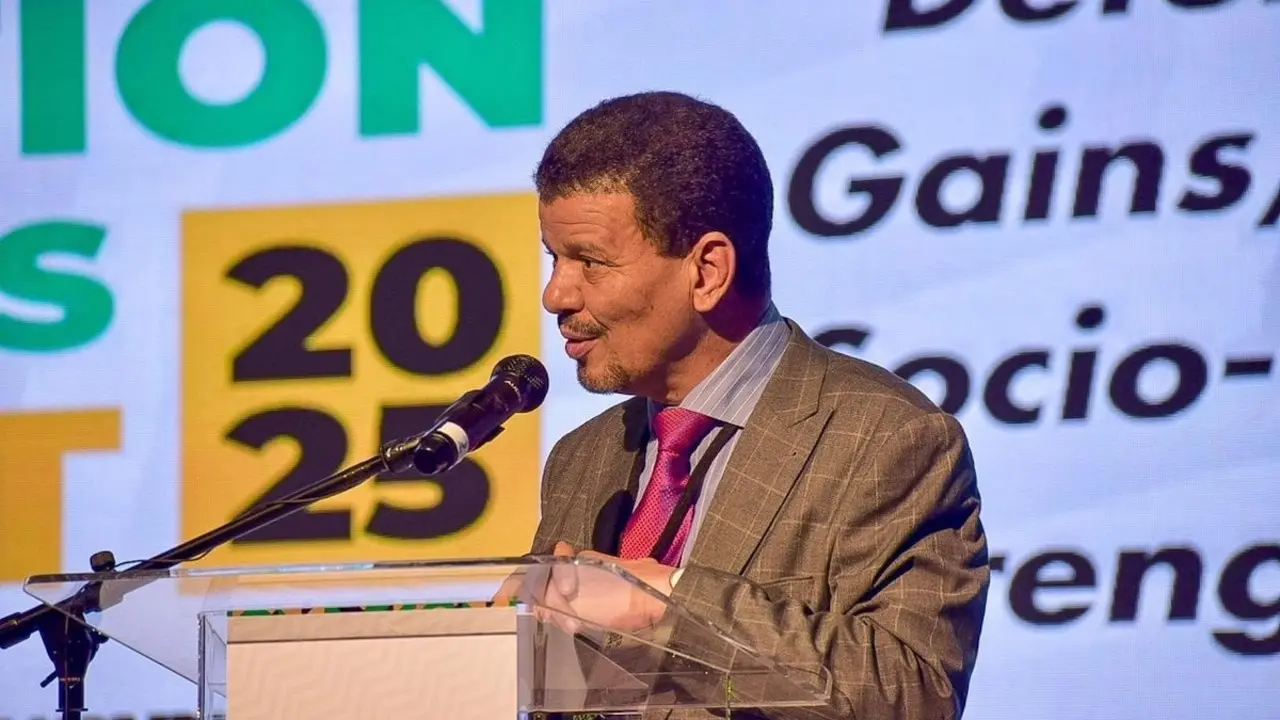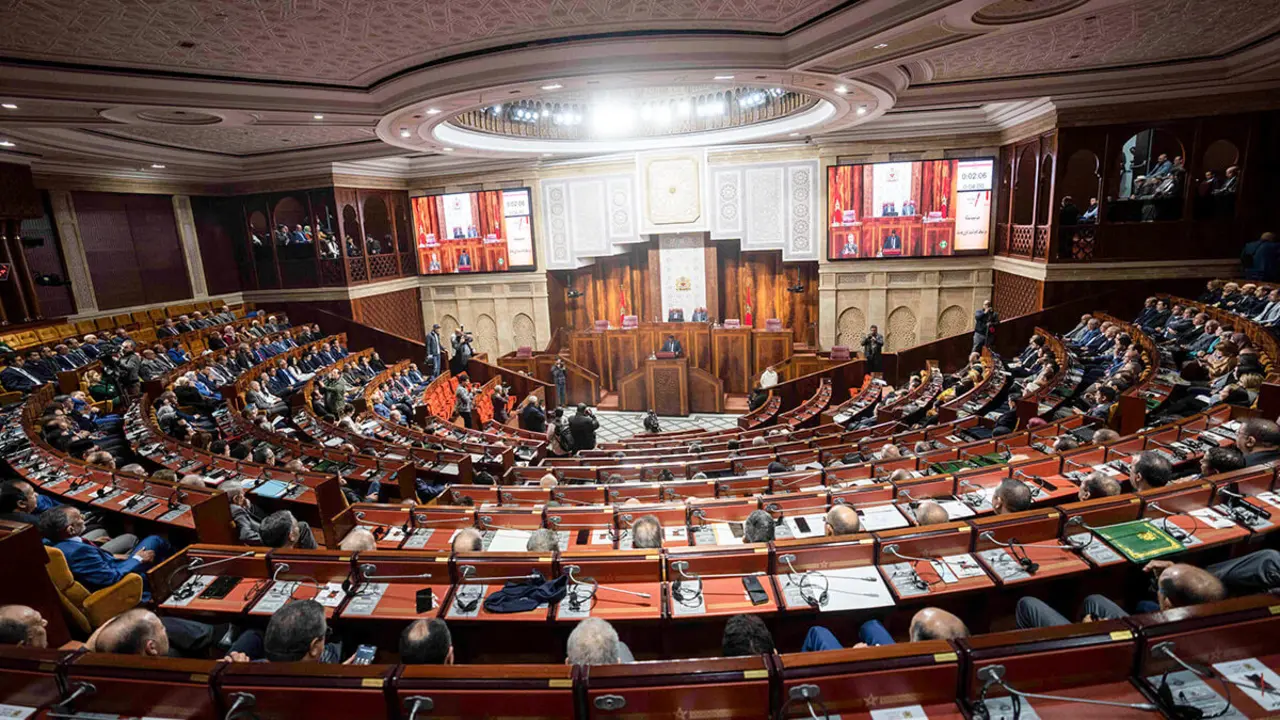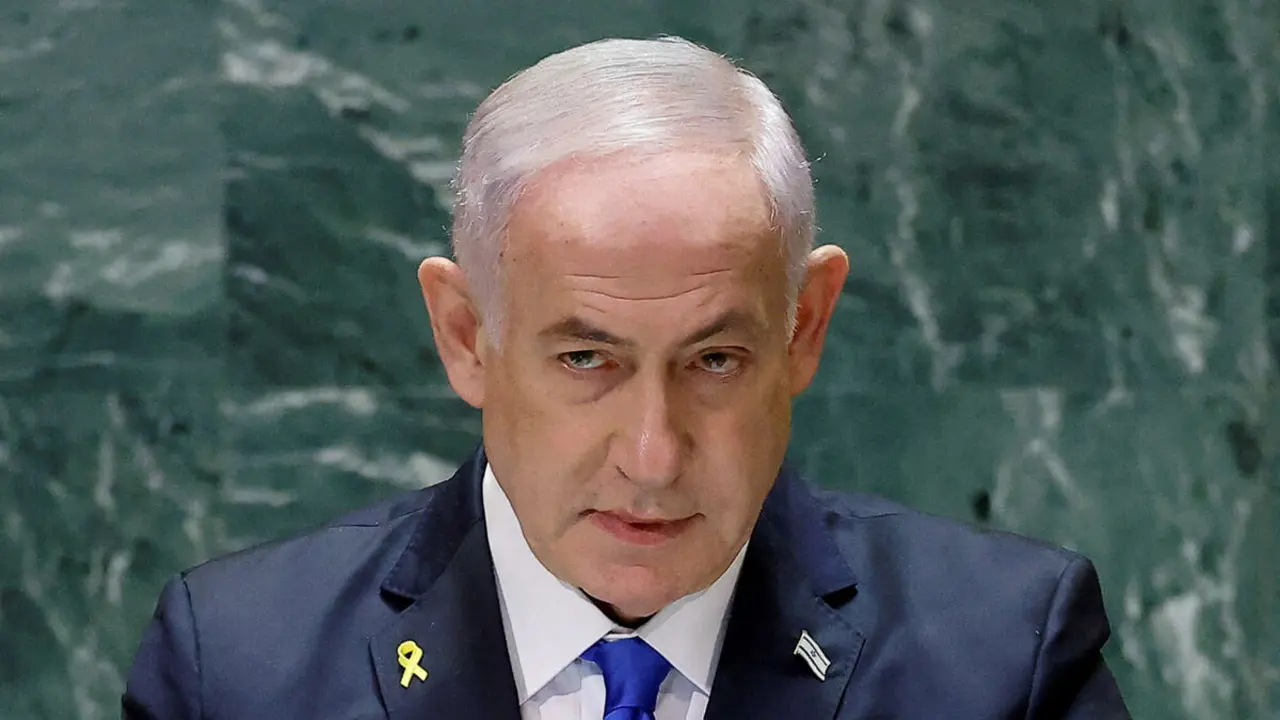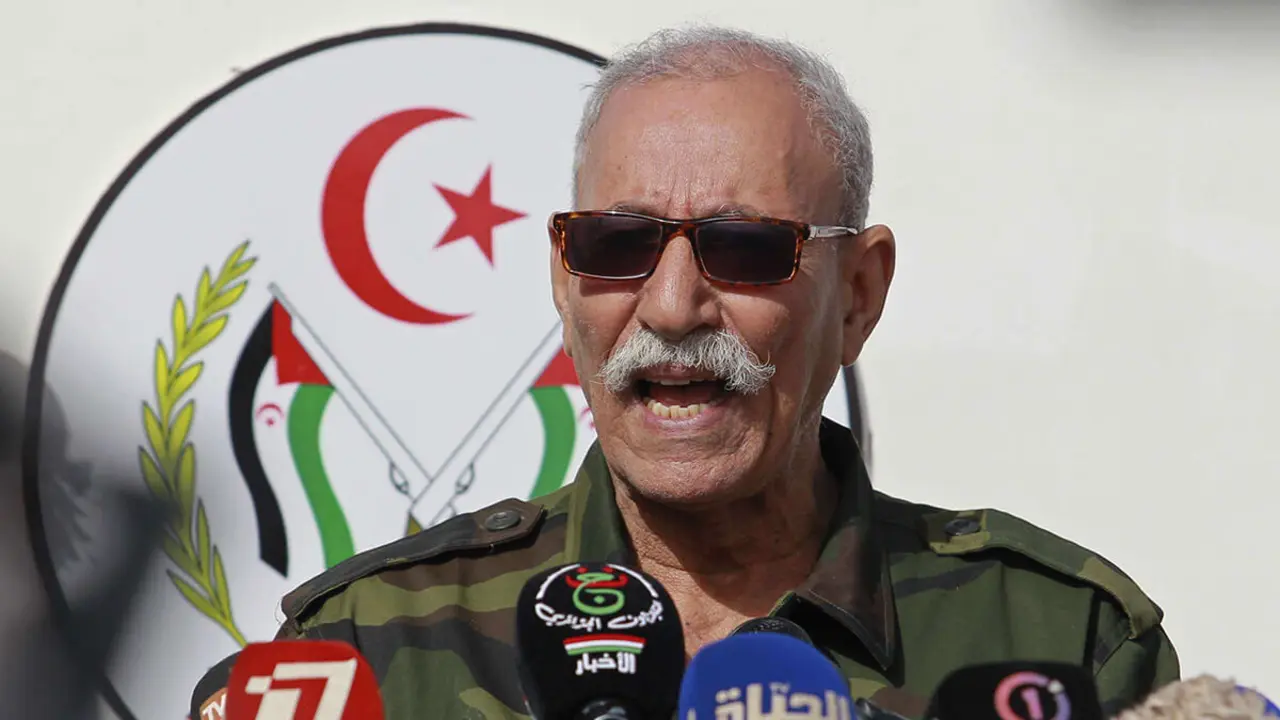The scourge of terrorism and organized crime

The terrorist phenomenon has undergone a great evolution since the 1970s until today. That evolution, among other factors, has gone hand in hand with globalisation, making it a cross-cutting phenomenon and giving terrorist groups the opportunity to spread their message, to capture acolytes and to act globally.
At the same time, that same globalisation has favoured the expansion of organised crime groups, making it easier for them to operate transnationally. Criminal groups no longer limit their actions to a specific territory or country. Just as international markets have opened up to any company, organised crime no longer recognises borders. After all, the objective of a legal enterprise is the same as that of a criminal gang: to make a profit.
The phenomenon of Organised Crime is in itself a complex phenomenon, with many ramifications and covering various aspects of criminal activity. However, in the current context, one of the most worrying facets of this phenomenon is its connection with terrorist networks that either take advantage of these criminal networks to obtain resources, financing and support to commit their attacks, or sometimes feed on members of these organisations who, at a given moment and for various reasons, take the plunge and become members of violent groups by contributing their previous criminal experience.
This movement is a worrying trend, but at the same time it can be seen as an opportunity in the fight against terrorism, since the collaboration of terrorist groups with certain criminal organisations or structures can be a vulnerability at the same time.
In this context, and returning to terrorist action, we have witnessed a radical change in this. The former local or national groups, with marked political signs or territorial claims have practically disappeared, giving way to a global terrorist movement of a religious and radical nature, whose claim is based on the imposition of its beliefs by all methods available.
This "current" is characterised by an atomisation of the cells that operate in Europe, the practical absence of a personal relationship between the leading leadership and these cells, and the massive use of social networks, both to spread their message and to contact their followers and give instructions.
Focusing on jihadist terrorism, one of its distinctive notes is the relative independence of its cells, carrying out most attacks without any support or organisation from the top.
Spain is a paradigmatic case of this evolution. And the study of the different jihadist attacks suffered in our country is very useful for us to identify the new patterns of behaviour, both of organised crime organisations and of jihadist groups.
This study shows that we are facing a very different scenario from the one we were used to, and one of the main characteristics is that the groups involved must provide themselves with the means to carry out their actions. It is at this point that current terrorism converges with the various organised crime networks.
This convergence occurs at various levels and, while it greatly simplifies the execution of terrorist actions, it can also be an opportunity to monitor and detect the preparation of attacks.
For law enforcement agencies and intelligence services, monitoring of the various criminal networks and their members is more accessible than that of potential terrorist cells, since the former are more stable and durable structures and their members are mostly from established environments. In contrast, jihadist cells are usually created "ad hoc" to commit attacks and their members do not necessarily come from the same community.

In order to reflect the considerable weight of organised crime in the world economy, EUROPOL officials now estimate that this activity accounts for 110 billion euros.
In the history of relations between terrorist groups and organised crime, two phases can be identified. Traditionally, the focus has been on an organisational level and on how terrorists and organised crime groups have established different forms of relationship ranging from sporadic relationships or collaborations to more stable or long-lasting alliances that could end in some convergence (by uniting common interests) or even give rise to some kind of hybrid organisation.
We are currently in a phase in which the study of the networks and their members has taken centre stage, and we can see how the profiles of members of one group or another, clearly differentiated in the past, have begun to mix or blend together.
The traditional terrorist groups that operated in Europe, such as ETA in Spain, were highly hierarchical, highly structured organisations, with an iron grip by the leadership on all their members and their actions. They were even highly bureaucratised bodies. However, the jihadist networks that we face today have a very different structure and mode of operation, due in large part to technological advances in terms of communication and dissemination systems.
They are very transverse, very horizontal networks, in which the cells have often never had any contact whatsoever with leading elements, even at mid- or low-level. And where frequently the whole process of recruitment, training, indoctrination, preparation of actions and transmission of orders is carried out from a distance through the network. The new phenomenon has been able to take advantage of the vulnerability posed by globalisation and total access to the Internet or to the applications running on our smartphones. But at the same time, facing how they are confronted with an evolved and " technologized " society, letting all their processes rest on those systems is also a weakness, so they have been able to combine that modus operandi with another one that is just as simple as it is intelligent: technology is completely ignored, they get rid of their mobile phones, instructions are passed by hand or verbally within their communities, often turned into ghettos, where their impunity and security is absolute, and they blend in completely with their environment, both in their physical appearance and in their way of acting. With this way of carrying out their activity, they achieve an almost absolute invisibility before the modern methods of searching, tracking and obtaining information. But in substance both modes of action share this transversality, this structure whose hierarchy has been simplified to the maximum.

And this new way of acting and organising has brought a novelty. We cannot speak of a convergence between terrorist and criminal organisations as groups acting in different scenarios or environments. Both types of groups today are nourished by the same social type. Their members come from the same "fishing ground".
This fact is a challenge when it comes to fighting them, since the old conviction that a terrorist would always act with a totally different reasoning from that of a criminal, seeking to destabilise society in order to achieve his objectives, while the latter simply seeks to obtain some kind of economic or other benefit, has disappeared, both purposes being blurred, if not confused or mixed up.
With the irruption of Daesh this tendency was accentuated, and more recent data, although with certain variations according to the country we are dealing with, confirm it.
An analysis of 51 jihadist attacks in Europe and the US between 2014 and 2017 revealed that at least 57% of the participants had a criminal record of some kind, and that a third of them had previously been imprisoned. In the UK, between 1998 and 2015, 38% of jihadist-related crimes were committed by individuals with a proven criminal past, and half of them had been imprisoned for non-terrorist crimes.
Similarly, a study conducted in 2015 stated that two-thirds of the Germans who marched to fight in Daesh's ranks in Syria or Iraq had a police record and, again, one-third of them had some previous conviction.
The data obtained in France in the same year and made public by the spokesman of the ministry of justice runs parallel to the previous ones. He said that 15 per cent of the 167 Islamist radicals arrested in France on terrorism-related charges had been previously imprisoned for other crimes.

When we focus on Spain, the links or points in common between criminal and terrorist organisations can be grouped into three different elements of convergence: the functional, the financial and the ideological.
There is what we could consider an ecosystem of places and spaces where potential criminals coincide, seeking to exchange information, meet new partners, buy and sell products from illicit activities or plan future actions. The existence of these spaces offers a certain structure and continuity to criminal networks and, which is very important for the relationship we observe between criminal and terrorist organisations, they allow for an evolution in the development of the criminal careers of those who frequent them. A process in which there is a move from violent criminal activity to ideological violent extremism.
However, this "ecosystem" has also advanced, and we can no longer speak only of physical spaces of convergence such as prisons, mosques, clubs, bars, etc. We now find virtual spaces that are much easier to access and more difficult to control, such as web platforms, social networks, forums, etc. Most of them located in what is known as "deep web". At present we can say that the real competition between both activities takes place in this new virtual plane.
In short, this evolution can be understood as a search by certain individuals for a certain personal evolution, however difficult it may be for us to understand this. A progression that would go from the committing of small crimes at a young age to more serious crimes that would lead to integration into a criminal or terrorist group. And since the skills needed to integrate into one type of organisation or another are clearly similar, the transition, if any, is much easier and simpler than one might imagine.

Functional Convergence
When we talk about functional convergence, we are referring to the relationship between the capabilities of criminal groups and the experience of terrorist gangs or organisations. This occurs when criminals become facilitators of terrorism by putting their capabilities (access to weapons or other illegal materials, networks of forged documents, etc.) at the service of a cell or a radicalised acquaintance or family member.
Generally, the reason for contacting them is their knowledge, although on many occasions this connection is due to previous relationships, either of a religious or family nature.
Another frequent case is when this support occurs through a temporary total or partial integration into the terrorist cell. In this case, the collaboration may be motivated by different reasons, but always pragmatic. The criminals do not necessarily have to be believers or radicals. They act out of loyalty to a friend, a member of their community, or simply because they gain some kind of economic benefit.
In other cases, different from the one described above, in which the criminal part of the network does not know the purpose of their support, we have seen how criminal groups have provided support to cells, being perfectly aware of the potential outcome of their activities. In these types of circumstances, the interest in collaborating is born from personal relationships, some sympathy for the cause or both. Be that as it may, knowledge of certain techniques, contacts in the criminal world and access to funds from their illicit activities are of great use to terrorists.

Financial Convergence
At this point, we find jihadist elements that are involved with organised crime groups in order to finance their operations. The possible sources of financing include all kinds of illegal activities, even if participating in activities such as drug trafficking does not fit in very well with the religious principles that justify their actions.
The activities of these groups can help defray the high costs involved in preparing a terrorist attack and cover a wide spectrum from the necessary training to the need for safe houses, storage facilities, preparation of artefacts, intelligence gathering, travel, etc.
Sometimes, these types of alliances go further and are used to support jihadist activity at the organisational level, obtaining money by illicit means that goes directly into the coffers of the organisation's leadership.
Here we look at two categories. One with criminals specialising in this type of operation, assimilated to jihadists, carrying out these low-profile acts to finance the cells, and another with terrorists with no previous criminal experience, joining these groups temporarily in order to carry out a specific action.
The cost of preparing an attack varies depending on the objective, the means used and the complexity of the attack. That is why, although robust funding is necessary, compared to that required for other activities, it is not exorbitant. This means that this relative "low cost" becomes an enabler of terrorist activity, as long as we are not talking about complex or large-scale attacks. In that case the economic requirements are much higher, but at the same time, in this type of procedure it is more difficult for criminal elements to become involved, limiting their collaboration to low-level exercises, far removed from the total planning and execution of the attack.
What is relevant to the issue we are dealing with is that preparing an attack is within the reach of anyone, without the need to resort to the support of the parent organisations, and the latter take advantage of this situation, encouraging their followers to carry it out, indirectly encouraging collaboration between criminals and terrorists. Self-financing gives jihadists the ability to act independently.

Since 11 March 2004, the situation has evolved considerably, and the methods employed by jihadists have been adapted.
That development of the threat has brought with it new opportunities for both terrorists and criminals. The effective control of territory in Syria and Iraq provided them with new methods of financing, some of which, such as illegal trafficking in works of art, require the express collaboration of organised and highly specialised criminal networks. At the same time, this same control over territory and population, added to the followers who moved to these areas from other Muslim and European countries, made traditional methods of money transfer such as "hawala" more effective. The expansion of the networks of this system makes it extremely difficult to monitor it. It is estimated that, in just three years, more than EUR 10 million has changed hands using it.
If we focus on the attacks in Barcelona and Cambrils in 2017, we will see that once again collaboration with criminal networks served to bear part of the costs of the attacks. In particular, it was the sale of stolen jewellery that provided the capital needed to acquire the more than 100 gas cylinders stored in the house in Alcanar. This case is also a clear example of action that could be considered "low cost", self-financed and without economic support from the parent organisation.
This convergence of economic interests when it comes to cooperating to obtain benefits highlights the transnational and transversal nature of the problem by mixing both types of frameworks, sometimes even becoming one. Terrorist groups rely on criminal networks in order to be able to act independently and without external support, but that does not mean that at other levels there are not deep and solid connections at European and international level between organisations of both types, using much more complex financing methods that have sometimes been based on networks of tax fraud or diversion of money through real estate consortia.

Ideological convergence
The existence of conditions that facilitate convergence between common criminals and jihadists leads to the process of jumping from one "estate" to the other when common criminals or members of criminal organisations are integrated into jihadist cells after a process of radicalisation and indoctrination resulting from such close collaboration.
In a way, for some common criminals (speaking mainly of those of Muslim origin), joining the jihad is an opportunity to "redeem" their sins by using their knowledge in favor of the religious cause. On the other hand, the frustration and disenchantment caused by the outlawed lifestyle and the inability to live a life according to the norms of Western society in which a large number of young second and third generation Muslims live leads them to a serious sense of loss of self-esteem. In that context, the step of integrating into the jihadist movement is perceived by those who give it as an opportunity to feel part of something important and that gives meaning to their lives, recovering that lost honour or dignity.
It is, in a way, a way of breaking with a past that is empty of meaning and full of dissatisfaction, but without necessarily changing their day-to-day lives, since what they do, after all, is give a deeper meaning to their criminal activities and a justification, even though this "leap" does involve a deep change in their personal vision of life.
This feeling of redemption is reinforced by the fact that they continue with the same activities, but now subject to the rules of jihad, which only justify and give meaning to them.
All the skills developed during years of illegal activity are useful for their new role as violent extremist activists, especially the ability to stay out of the way of law enforcement. The fact that they have crossed the line and are acting outside the law, some of them even involved in violent crimes, means that they have already taken a very important step in the process of radicalisation and therefore the risk of moving to act under the cover of groups that practise ideologically motivated violence is very high.

- Federal Research Division, "The Nexus Among Terrorists, Narcotics Traffickers, Weapons Proliferators, And Organized Crime Networks In Western Europe" Library of Congress . United States Government (2002).
- Ricardo Magaz Alvarez, "Terrorism and Drug Trafficking as Key Elements of Transnational Organised Crime and a Threat to Security". General Gutiérrez Mellado University Institute of the UNED.
- Djallil Lounnas, "The links between jihadi organizations and illegal trafficking in the Sahel". MENARA Working Papers (2018)
- Argomaniz, J., Bermejo, R. "Jihadism and crime in Spain: a convergence settings









